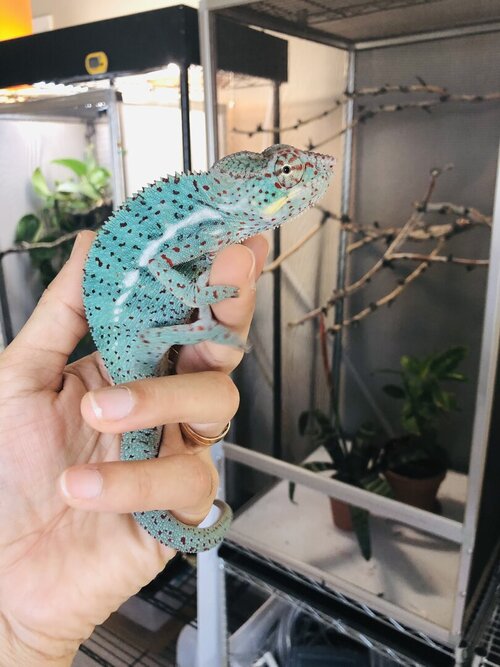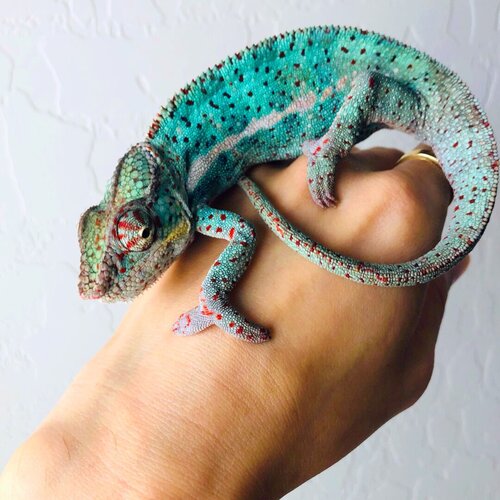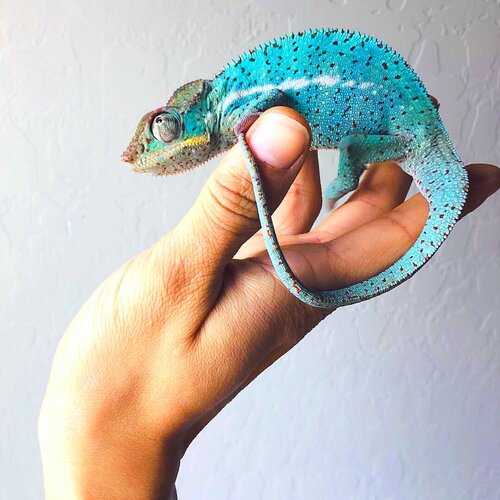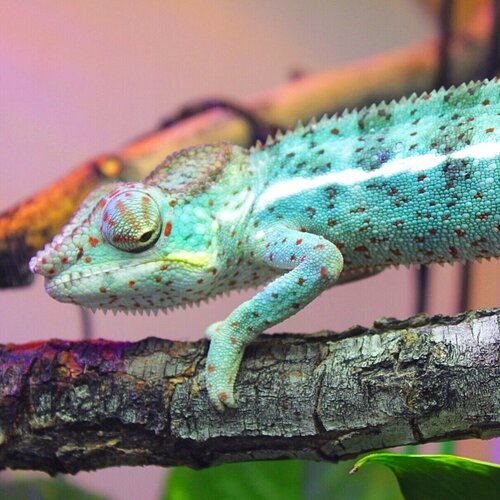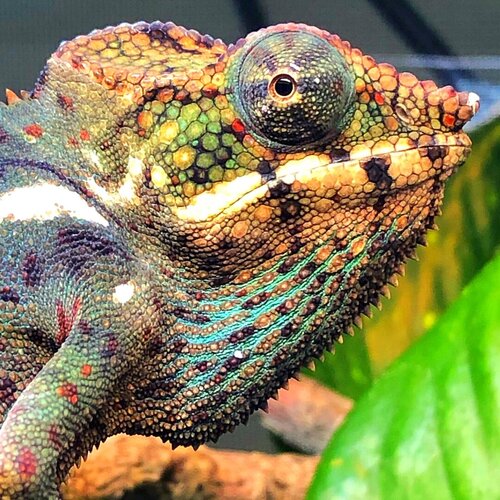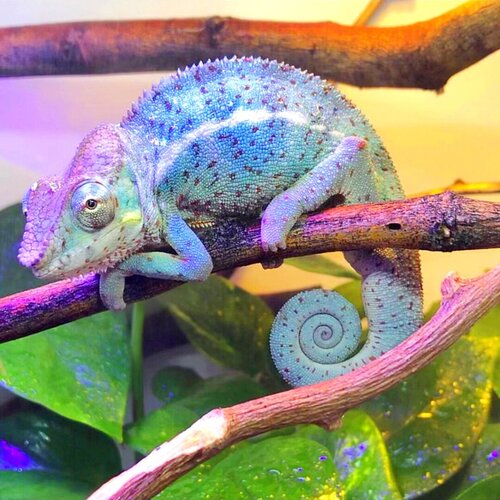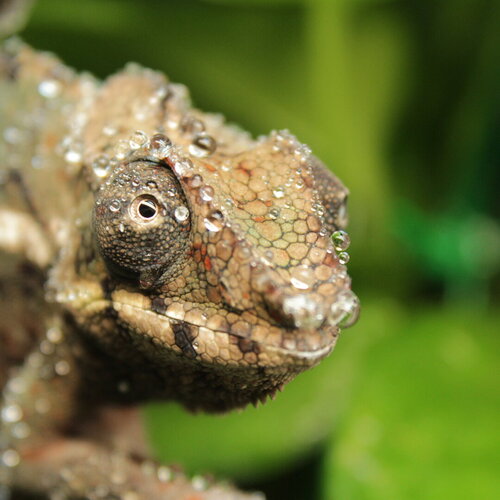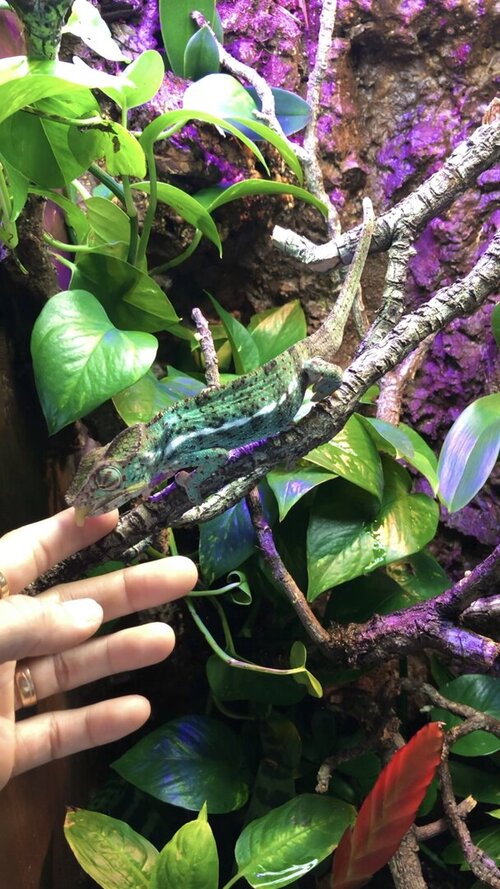Jsanfig
Member
Id have to disagree slightly. It depends entirely on how it’s done and I haven’t seen or harmed my animals in any way. Also and in regards to color, I understand that colorful reptiles such as chameleons DO have a normally healthy bright colorful skin, it’s almost saying that a dark, grayish is the normal happy color of a green iguana… I’ve seen my chameleons in all their schemes. They have a normal spectrum of changes and also a very distinctive stressed/defensive color scheme… mine display very dark and striking white band across when stressed intensely (which happens very little) or extremely bright colorful and flashy whenever they see my dog, and I can tell you it’s not the same beautiful, relaxed and harmonious blue that he gets when he showers briefly, when he’s eating or when he voluntarily wants to come out to and perch on me… very two different stories.

